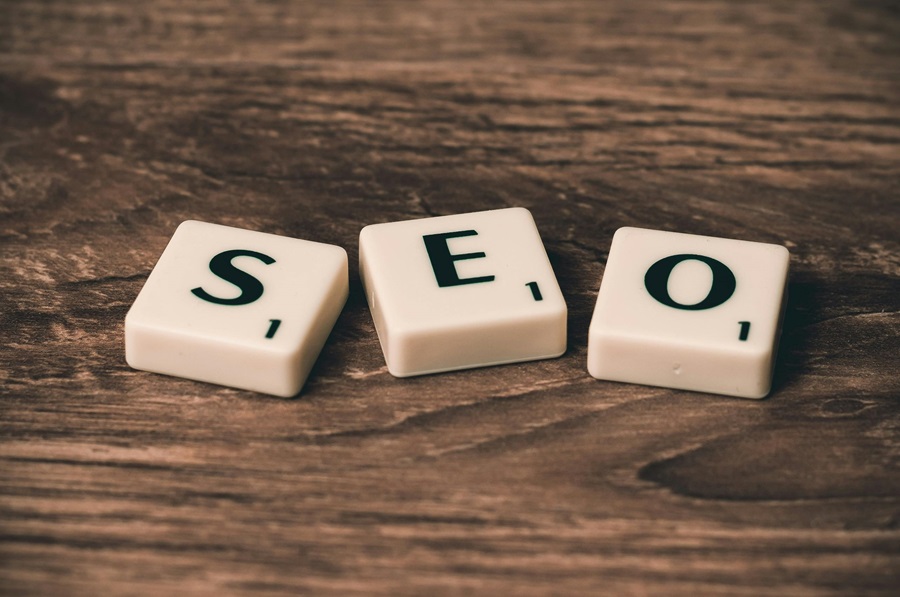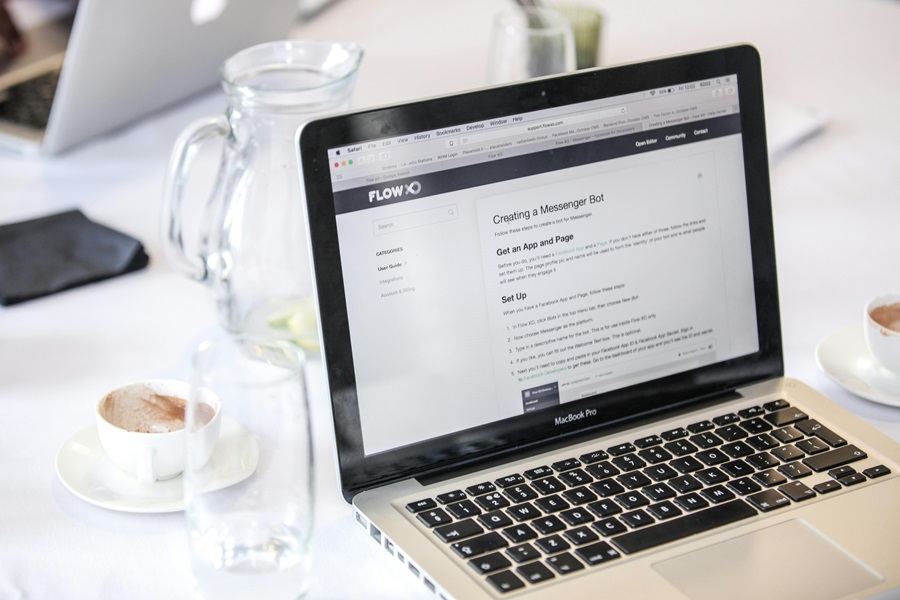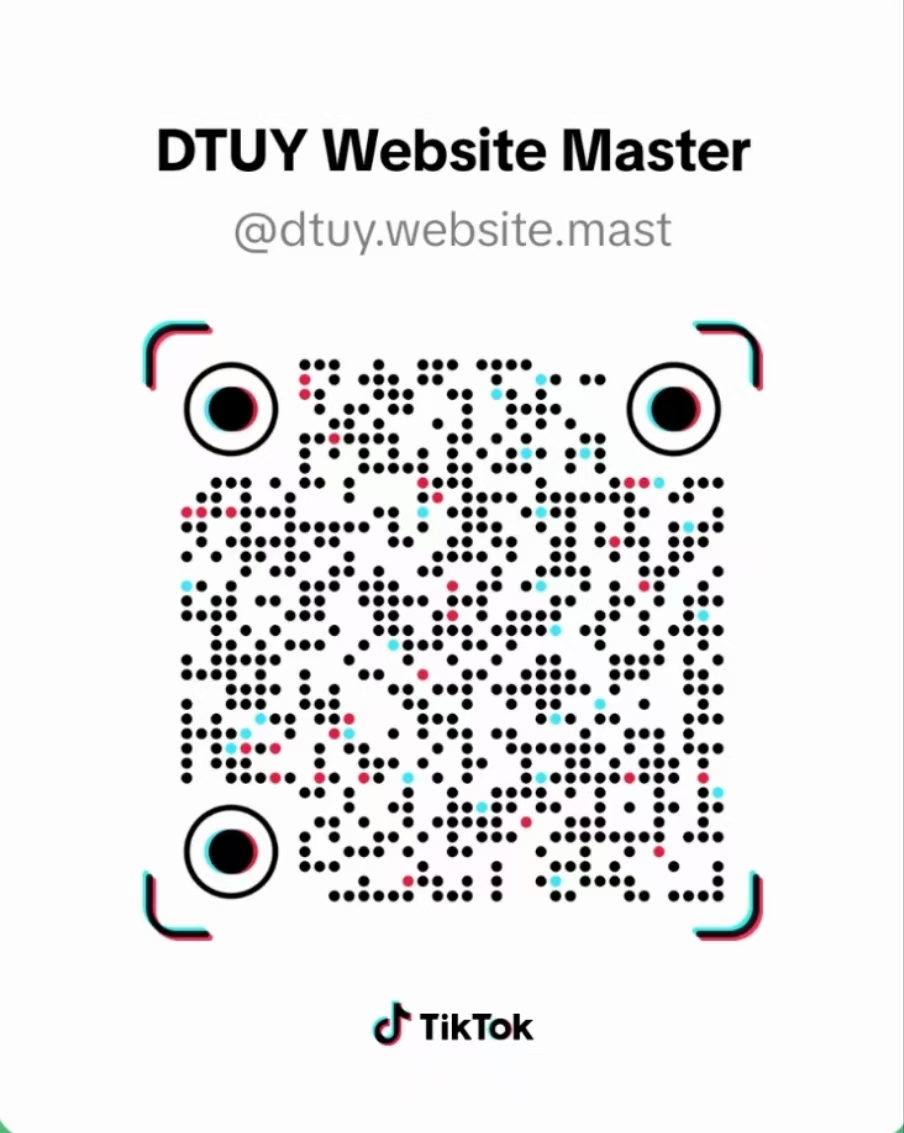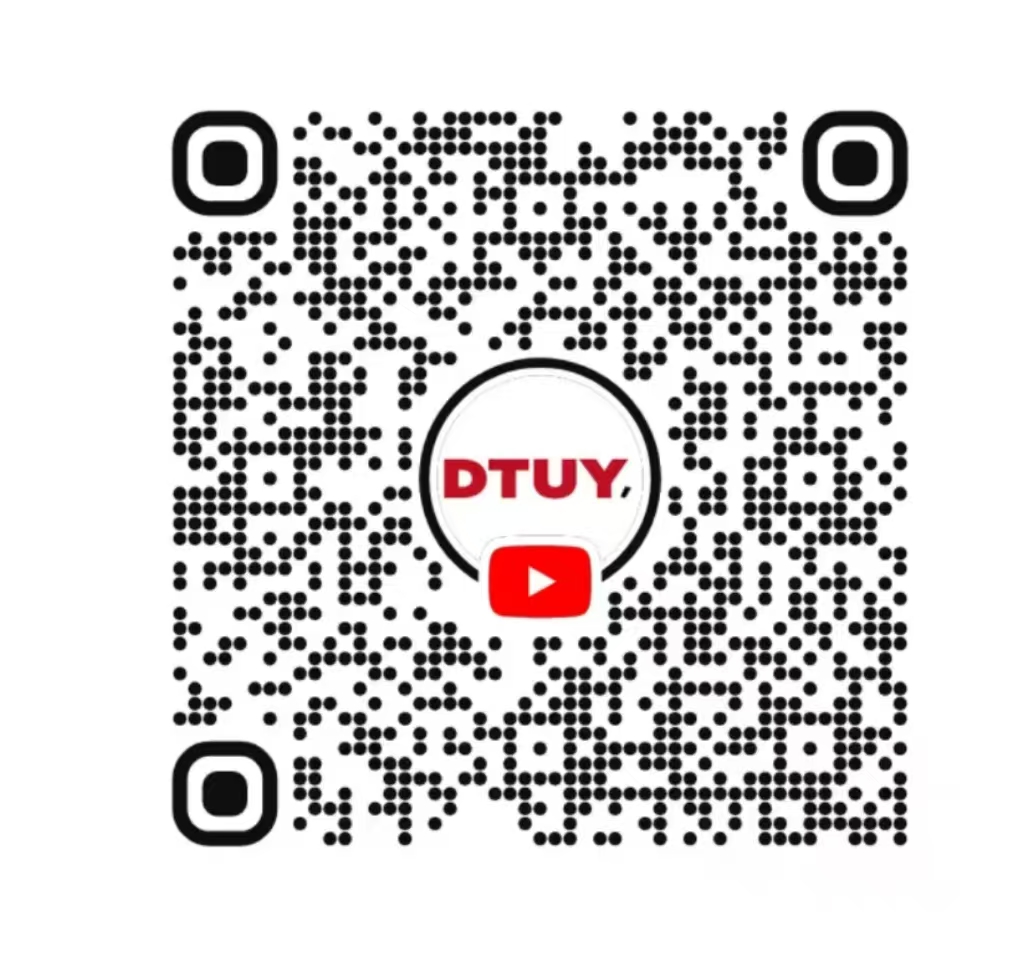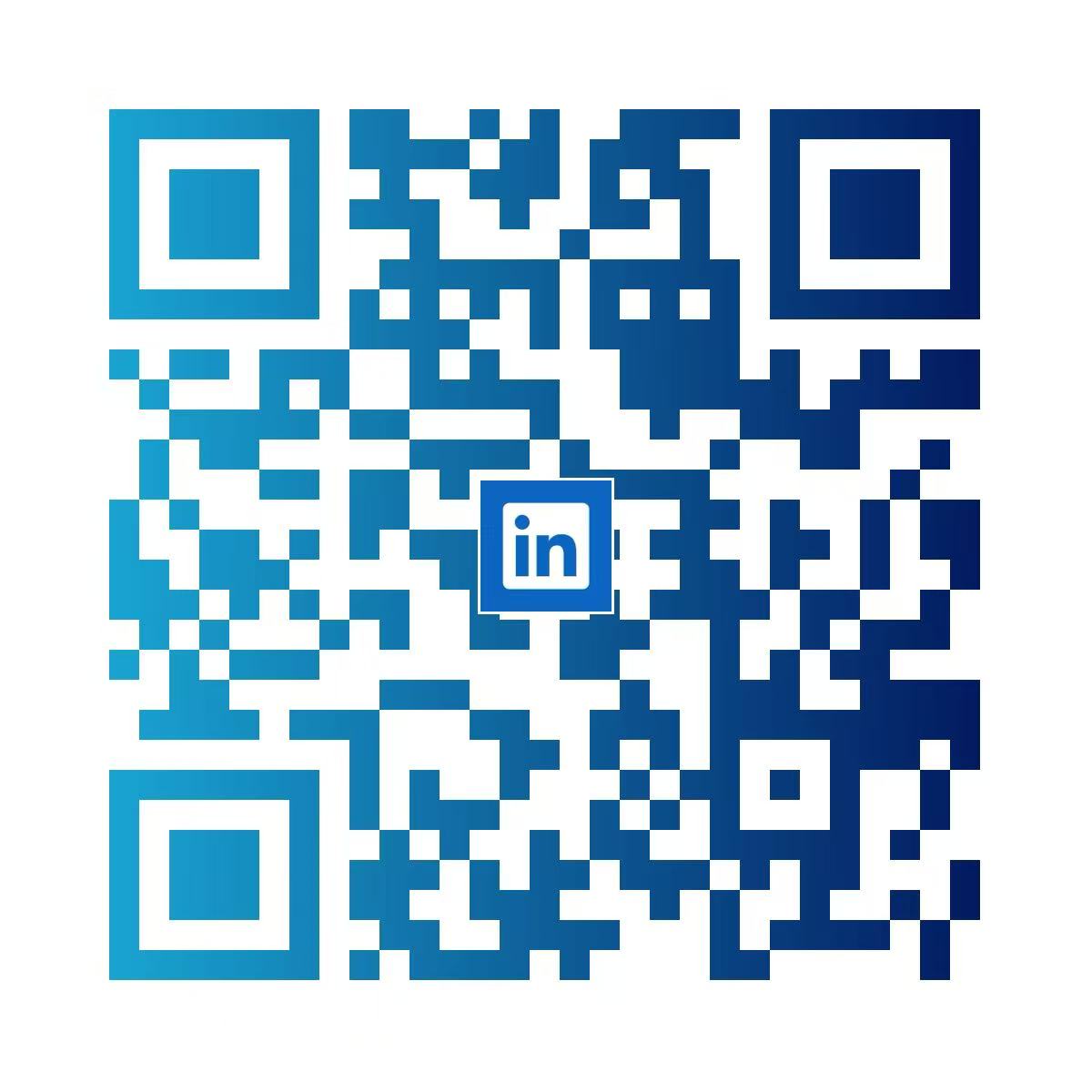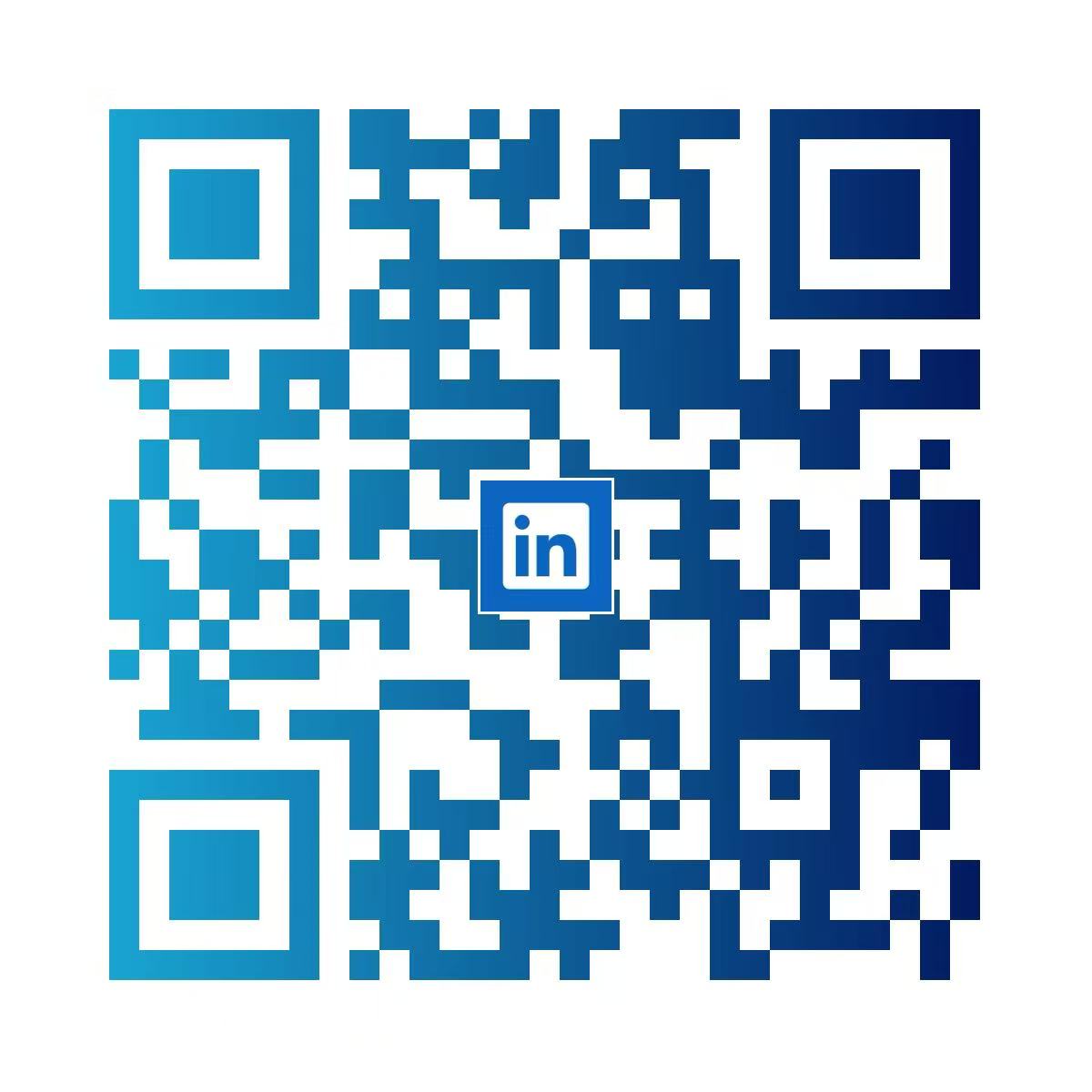In Europe and America, with the continuous progress of digital technology and the continuous evolution of user behavior, the website design of enterprise type is undergoing profound changes. These changes are not only related to aesthetic presentation, but also to user experience, interaction mode and deep transmission of brand value.
First, minimalism and the deepening of flat design
European and American corporate websites have long favored simple and intuitive design styles. In recent years, this trend of minimalism and flat design has become more and more obvious. Designers tend to use fewer visual elements, clearer typography and limited color matching to create an interface that is easy to navigate and visually pleasing. This design not only improves the loading speed of the website, but also enables users to focus more on the core content, thus deepening the understanding and memory of the corporate brand.
1. Spatial navigation system
The virtual exhibition hall built by Three.js is replacing the traditional product page. For example, the IKEA industrial equipment section allows users to disassemble the hydraulic valve body and render the internal structure through WebGL. This design can increase the stay time of B2B customers by 40% and the inquiry conversion rate by 27%.
2. Real-time data theater
Enterprise dashboard is deeply integrated with official website, and Salesforce embeds CRM data stream into the solution page to dynamically display the pain point distribution map of customers' industries. This "living document" design improves the efficiency of target customer identification by 53%.
3. Emotional micro-interaction
ING, the Dutch bank, implanted tactile feedback technology in the loan calculator, so that users can feel the simulated mechanical damping when sliding the interest rate slider, which increased the product consultation volume by 38%.
Second, the design innovation under the framework of compliance
EU Digital Services Act and California CCPA Regulations are reshaping design priorities;
1. Privacy by Design
Official website, a German Siemens, puts cookie settings in front of the pop-up window on the home page, and adopts a gradual disclosure design: the basic privacy option only takes up 1/4 of the screen, and the advanced settings are folded in the secondary menu. It not only meets the requirements of GDPR, but also avoids excessive interference with user experience.
2. barrier-free experience of industrialization
In Europe and America, accessibility and inclusive design have attracted more and more attention from enterprises. This means that website design needs to consider the needs of all users, including the disabled and the elderly. By optimizing color contrast, providing text substitution, simplifying navigation process and other measures, enterprise websites can ensure that all users can access and use website resources equally. This design concept not only reflects the sense of social responsibility of enterprises, but also helps to enhance brand image and reputation.
British BP Petroleum Group implemented WCAG 2.2 standard whole station transformation, including:
-Automatic detection of color blindness mode (identifying user-assisted function settings through browser API)
-Dynamic font system (adjust kerning according to the results of dyslexia diagnosis tools)
After the transformation, the conversion rate of disabled users increased by 22%.
3. Moral dark mode removal
Shopify, a North American e-commerce platform, enforces the subscription process: the visual weight of the cancel button is not lower than that of the subscribe button, and the cancellation path does not exceed 3 clicks. This design reduces the number of complaints about missubscription by 65%.
Third, the balance between performance and aesthetics
In 2025, the weight increase of Google Core Web Vitals indicators will force technological innovation;
1. Progressive loading revolution
Dassault systemes adopts the technology of "skeleton screen+data slicing", which gives priority to the presentation of parametric dimension frame when 3D model is loaded, and the LCP (maximum content rendering) time is compressed to 1.2 seconds.
2. Advanced minimalism
Official website iteration of Swiss watch brand Patek Philippe is "zero decorative text" mode;
-Product description only keeps technical parameters (such as amplitude of 28,800 times/hour).
-Demonstrate the operation principle of the escapement mechanism through SVG animation.
This design shortens the decision-making period of high-net-worth customers to 4.2 days.
3. Modular design system
IBM Carbon Design System provides combinable atomic components, and enterprises can reconstruct pages as quickly as building Lego. ING Bank of the Netherlands used this to reduce the launch cycle of new products from 6 weeks to 72 hours.
Fourth, decentralized technology integration
Web3.0 infrastructure is infiltrating enterprise digital asset strategy;
1. Digital Twin Authentication
The BMW Group generates a blockchain ID for each ex-factory vehicle, and customers can verify the traceability information of accessories through official website. This move increased the premium rate of used cars by 18%.
2. DAO governance interface
Red Bull's energy department transformed the supplier management system into a decentralized application (dApp), and the partners participated in the capacity voting through digital wallets, which improved the response speed of the supply chain by 40%.
Five, ecological design thinking
Indicators of sustainable development begin to influence visual decision-making;
1. Visualization of carbon footprint
Vattenfall, a Nordic power company, marked the real-time energy consumption data in the footer of the website: "This page is loaded with the annual carbon sequestration equivalent to 0.03 spruce", which pushed 75% users to choose the simplified browsing mode.
2. Biofriendly vision
Official website, an outdoor product in Patagonia, UK, started the "safe color matching for insects", avoiding using the blue system with the wavelength of 450-550nm to attract mosquitoes, and the page stay time of field workers increased by 1.8 times.
When corporate websites become a wrestling field of technical ethics, business goals and user experience, a new consensus is being formed in the European and American design circles: excellent website design must pass the triple verification of aesthetic audit, legal compliance review and technical feasibility test at the same time. As Dylan Field, CEO of Figma, said, "The design tool in 2025 is no longer a pixel manipulator, but a translator of business strategy and human needs." Companies that find a delicate balance between speed, compliance and emotional value are winning business opportunities in the next decade.




 115
115
